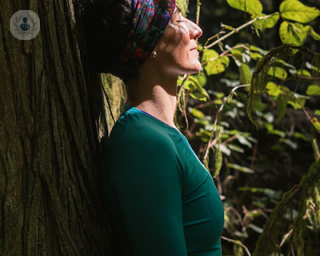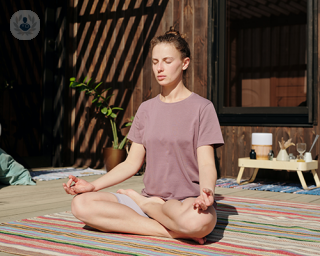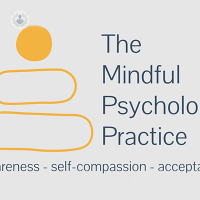Mindfulness techniques
What are mindfulness techniques?
Mindfulness techniques are mental exercises to reduce stress. This type of meditation can be beneficial in alleviating difficult thoughts and emotions. It’s about being conscious and aware of the moment, regardless of the emotional and physical environment. You can practise mindfulness at any time.
The practice is based on paying attention to the moment. The objective is to learn to relate directly to what is happening in our lives, and take a manageable approach to situations.
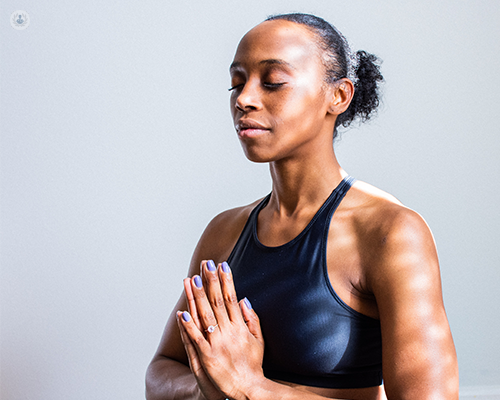
Why is it done?
Mindfulness techniques are beneficial for different fields such as anxiety, depression, psychosomatic disorders, personality disorders, eating disorders and some physical illnesses.
Knowing yourself and learning to tolerate negative emotions leads to improving many aspects of life, including work, relationships, physical health and self-improvement.
What does it consist of?
There are different types of mindfulness techniques, each with their own focus.
Mindfulness breathing exercises
Paying attention to breathing is an extremely important practice for learning mindfulness. Someone who aims to perform this type of exercise needs to be aware of their attention span. Even if they lose focus, they have to refocus their mind to their main objective.
Mindfulness techniques for observing emotions
Observing emotions without judging is one of the main characteristics of mindfulness practice. You do not have to identify or reject any emotions but rather, observe and accept them - both positive and negative. This will lead to tolerance of emotions.
Micro-mindfulness exercises
For people with very little time to practise mindfulness techniques, micro-meditation is a solution. This can be done for 1 to 5 minutes several times a day.
Body awareness mindfulness techniques
Exploring our body and becoming aware of it is essential for mindfulness. It means noticing what’s happening within the body and accepting the sensations, not trying to change them.
Pain tolerance mindfulness exercises
In this practice, it’s possible to promote pain tolerance and physical improvement. It can be used in rehabilitation for injuries.
How do you practice mindfulness every day?
Mindfulness techniques can be practiced wherever, whenever and at whatever time of day. You can incorporate them into your daily routine by using 'open awareness'. This helps you stay in the present in specific moments in life such as eating, going for a walk, showering, cooking or gardening. Follow these steps in order to integrate 'open awareness' into these activities:
- Gather your attention to bodily sensations, both emotional and physical.
- Allow the air to fill your lungs by breathing in through your nose. Allow your abdomen to expand fully and then breathe out through your mouth slowly.
- Continue with your task, and take your time with it.
- Pay close attention to what you can see, hear, feel, smell and taste.
- Bring your attention as fully as possible to what you're doing.
- Any thoughts or emotions that arise, allow them to come and go.
- Gently refocus your attention back to the present moment and sensations you're feeling, if your mind wanders away from your current task.
How should I prepare for mindfulness techniques?
Find a quiet space to concentrate. You can perform mindfulness techniques any time of day.
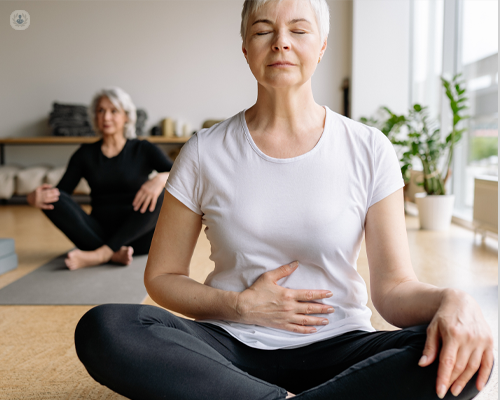
Are there alternatives to this treatment?
Mindfulness techniques can be considered a possible alternative to medication for some mental conditions such as stress, depression and anxiety. There are other techniques similar to this, such as:
- Yoga
- Co-operative learning
- Meditation
- Relaxation techniques



